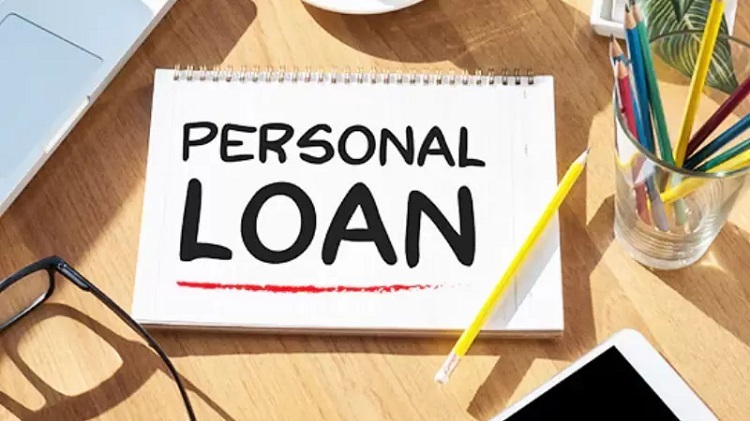What’s the difference between a credit card and a personal loan? Both are types of unsecured loans that you can use to finance purchases or other expenses. However, they differ in terms of tenure, interest rates, benefits and amount of money available. This article discusses these differences in more detail so that you can make an informed decision when choosing the best loan or top credit cards for bad credit for your needs.
Table of Contents
Interest Rates
The interest rates on personal loans and credit cards are often very different. Personal loan rates, especially when looking for the cheapest personal loan Singapore offers, are fixed, so you know exactly how much money you will have to pay in interest each month. Credit card interest rates are variable and subject to change at any time. Credit card penalty fees can also be extremely high: if you miss a payment or make an over-the-limit purchase on your card, you could face late fees ranging from $25-$40 per month and an increase in the APR of your account.
“APR stands for annual percentage rate. That rate is related to but not the same as your credit card’s interest rate. An interest rate is simply the cost of the money you take out on a credit card, usually expressed as a percentage, like 20%,” Lantern by SoFi experts explained.
Benefits
- Credit cards offer no interest-free period. If you don’t pay off your credit card balance in full each month, the lender will add interest to your account. This can help you to build a better credit rating—if you pay it off on time every month.
- Personal loans offer a longer interest-free period than credit cards; however, they have lower rates of interest and less flexible repayment options compared to personal loans.
- Suppose you purchase an expensive item such as a car or home with your loan. In that case, it can be beneficial to pay off this debt sooner rather than later so that it doesn’t cost more over time through higher interest charges for late payments, etcetera.
Tenure
The term is defined as the amount of time for which you are expected to repay the loan.
For a credit card, it could be anything from 1 month to 2 years, depending on your credit history and how far you’re willing to go with paying off your balance. Personal loans are generally between 6 months and 5 years, but some offer higher tenures if you have a good enough income or assets.
Some credit cards do offer longer tenures, though – up until seven years in some cases! These top cards for bad credit allow you to borrow more money (often up to $35k) faster than other options on the market today so take advantage of these when possible if they’re available where you live!
Amount of Money Available
The amount of money you can borrow differs between a credit card and a personal loan. Your credit score determines your credit limit, so if you have a good score, it will be higher than someone with a bad score.
On the other hand, with a personal loan, the amount depends on your income and other factors like assets and liabilities that are not affected by your score. So, the lender decides how much they want to lend based on what they see in their database about you and their policies regarding issuing loans. Discover more details about the personal loan at Loans like depends on one’s income.
Credit cards and personal loans are two different kinds of financial products. The key difference is that credit card debt can be repaid over time, and there are debt relief programs to help you with it, while personal loans have stricter repayment terms. However, both types of loans offer certain benefits and drawbacks that you should consider before choosing one over the other.

